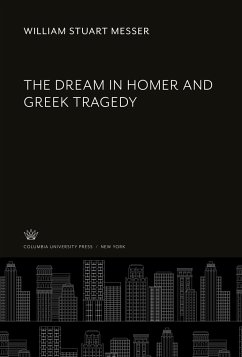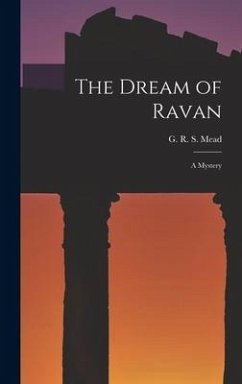
The Dream of Christian Nagasaki
World Trade and the Clash of Cultures, 1560-1640
Versandkostenfrei!
Versandfertig in 1-2 Wochen
52,99 €
inkl. MwSt.

PAYBACK Punkte
26 °P sammeln!
Nagasaki, on the west coast of the Japanese island of Kyushu, is known in the West for having been the target of an atomic bomb attack on August 9, 1945. Less well known is that the city was founded by Europeans, Jesuit missionaries who arrived in the area in the second half of the 16th century. The Jesuits had come to convert the Japanese. After baptizing a Japanese lord or daimyo of the area, they established Nagasaki in 1571 to provide the Portuguese a safe harbor in his domain. Profits for the daimyo and the Japanese who converted to Christianity soon followed. This book is the first compr...
Nagasaki, on the west coast of the Japanese island of Kyushu, is known in the West for having been the target of an atomic bomb attack on August 9, 1945. Less well known is that the city was founded by Europeans, Jesuit missionaries who arrived in the area in the second half of the 16th century. The Jesuits had come to convert the Japanese. After baptizing a Japanese lord or daimyo of the area, they established Nagasaki in 1571 to provide the Portuguese a safe harbor in his domain. Profits for the daimyo and the Japanese who converted to Christianity soon followed. This book is the first comprehensive history in any language of the rise and fall of Christian Nagasaki (1560-1640). The author provides a narrative of the city's early years from both the European and Japanese perspectives.












